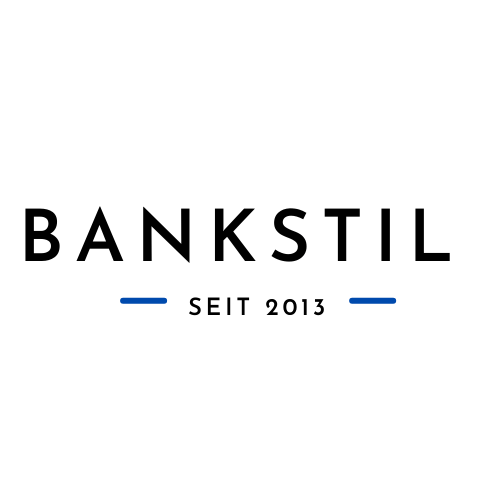Von Ralf Keuper
Das Onboarding von Unternehmen bzw. juristischen Personen gestaltet sich in der Praxis, d.h. vor allem bei den Finanzinstituten, schwierig. Grund dafür ist, dass es bis heute keinen allgemein akzeptierten Standard-Identifier gibt, wie die Global Legal Entity Identifier Foundation (GLEIF) in ihrem Paper A New Future for Legal Entity Identification moniert.
Die Banken verwenden beim Onboarding eines Unternehmenskunden häufig 4 verschiedene Identifier, um die Identität zweifelsfrei feststellen zu können. Manche Banken benutzen sogar noch mehr:
Perhaps the key finding in our research, from which all other lines can be drawn, is the simple fact that financial institutions are using an average of four identifier to accurately identify and crosscheck new legal entites throughout the client relationsonship. And approximately one-third of respondents reveal that they’re actually using a combina on of five or more identifiers.
Das führt zu inkonsistenten Daten und zu einer langen Bearbeitungsdauer.
it takes an average of six to seven weeks to onboard a new legal Entity, with six in ten senior salespeople spending more than 1.5 days per week on tasks related to onboarding. It’s worth noting, too, that an average of 25% of the onboarding process involves manual tasks, often being undertaken by senior members of the team.
Mit der fortschreitenden Digitalisierung, verbunden mit dem Einsatz neuer Technologien aus dem Umfeld der Biometrie, Künstlichen Intelligenz wie auch der Blockchain, verschärft sich die Situation.
61% of our respondents believe that the growth of digital solutions will actually make identity verification more difficult, simply because it’ll mean a rise in the number of legal entities transacted with.
Als Lösung bietet sich der Global LEI Index an:
The Global LEI Index is the only global online source that provides open, standardized and high quality legal Entity reference data. Each LEI contains information about an entity’s ownership structure and thus answers the ques ons of ‘who is who’ and ‘who owns whom’ among market participants.
LEI codes offer businesses a standardized, one-stop approach to identitying legal entities, which has the potential to take the complexity out of business transactions. With LEIs, key reference information is connected by a 20-digit alphanumeric code, enabling quick, consistent, accurate identification on of the legal entities taking part in financial transactions, and making time-consuming, inconsistent identification processes a thing of the past. The problems associated with using multiple identifiers, outlined earlier in this report, along with the concern that introducing digital technologies won’t necessarily make life easier, are both taken care of.
In The digital identity of legal entities: Current status and the way forward hebt Gerard Hartsink die Vorteile des Global LEI Indices hervor:
To overcome the data-quality challenges in the supply chain, the LEI could add value for all parties engaged in commercial transactions. There is no other global, open legal entity identification system with such a strict régime of regular data verification to ensure the high quality of its data. The LEI data record also gives insight on the national business registration number in addition to the direct and/or ultimate parents—if available—of that legal entity.
Ein Thema, das uns auf diesem Blog noch häufiger beschäftigen wird.
Crosspost von Identity Economy
